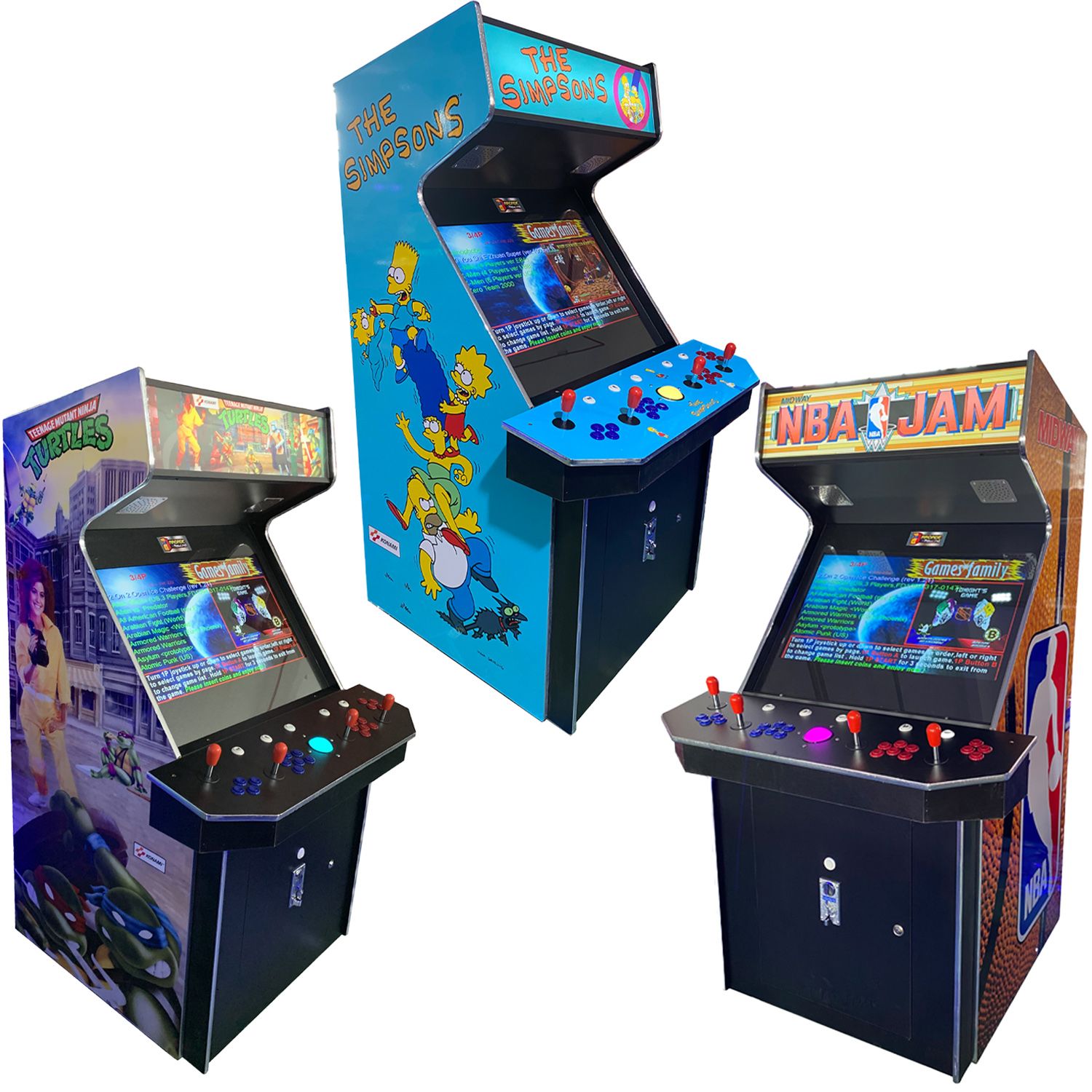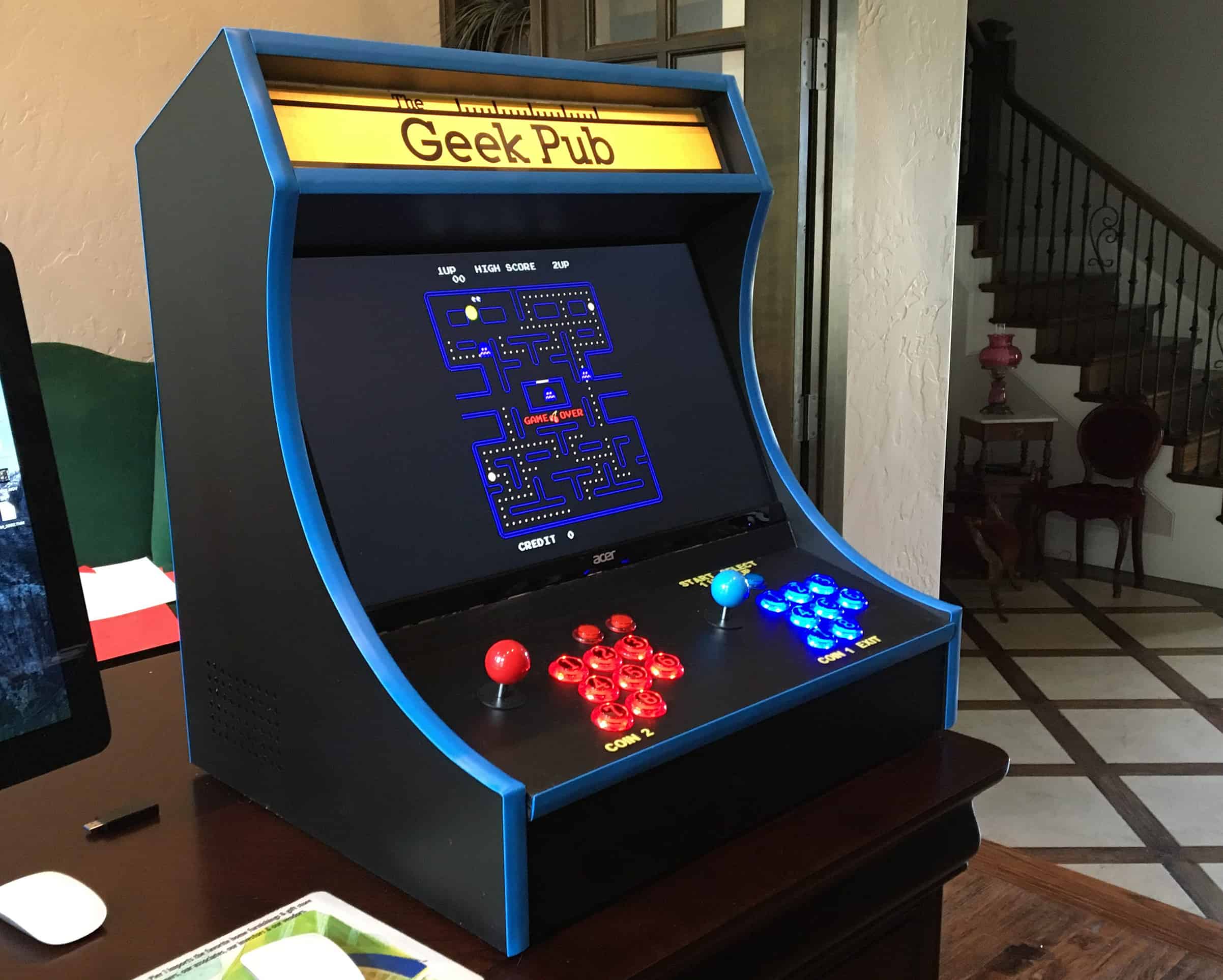Ergonomics and Player Experience in Arcade Cabinet Design

The symphony of light, sound, and skillful manipulation that defines the arcade experience hinges not only on thrilling gameplay but also on the subtle, yet crucial, element of ergonomics. A well-designed arcade cabinet transcends mere functionality; it becomes an extension of the player, seamlessly blending comfort and control to elevate the gaming experience from enjoyable to truly unforgettable. The marriage of aesthetics and human factors determines the cabinet’s success, shaping the player’s interaction and lasting impression.
Best arcade cabinet design – Ergonomic design in arcade cabinets is paramount, ensuring prolonged gameplay without discomfort or fatigue. It’s about anticipating the player’s physical needs, minimizing strain, and maximizing enjoyment. A poorly designed cabinet, conversely, can lead to discomfort, hindering performance and diminishing the overall experience. The interplay between the player’s body and the cabinet’s design dictates the level of immersion and enjoyment achieved.
Button and Joystick Placement and its Impact on Gameplay, Best arcade cabinet design
Strategic button and joystick placement is the cornerstone of effective ergonomic design. The optimal arrangement minimizes hand and arm movement, preventing strain and fatigue during extended play sessions. Consider the classic layout of many fighting games: a joystick for movement, and buttons strategically placed for attacks, special moves, and defensive maneuvers. This intuitive design allows for quick, precise responses, enhancing the player’s performance. Conversely, poorly placed controls can lead to awkward postures, muscle strain, and ultimately, a frustrating experience. For instance, buttons placed too close together might lead to accidental inputs, while buttons placed too far apart necessitate excessive reaching. Different control layouts, such as those found in racing games (steering wheel and pedals) or flight simulators (joystick and throttle), require unique ergonomic considerations tailored to the specific demands of the game.
Accommodating Players of Different Heights and Body Types
The ideal arcade cabinet should embrace inclusivity, catering to players of varying heights and body types. Adjustable features, such as height-adjustable seats or control panels, can significantly enhance the experience for players of all sizes. A fixed-height cabinet might be perfectly comfortable for one player but entirely unsuitable for another, leading to discomfort and reduced enjoyment. Consideration of armrest placement and the overall cabinet depth are equally important for maximizing comfort across a range of player builds. Well-designed cabinets anticipate this diversity and provide a comfortable experience for everyone.
Features Enhancing Player Comfort and Immersion
Careful consideration of several key features significantly improves the player’s comfort and enhances their immersion in the game.
The following elements contribute to a superior gaming experience:
- Ergonomically designed seating: Supportive seating that conforms to the player’s body, preventing fatigue and discomfort during extended play sessions.
- Adjustable control panel height: Allows players of different heights to find a comfortable position, reducing strain on the arms and wrists.
- Well-placed and responsive controls: Buttons and joysticks that are easily accessible and provide precise feedback, enhancing gameplay and minimizing frustration.
- Comfortable armrests: Provide support and reduce fatigue during long gaming sessions.
- Adequate legroom: Ensures players can sit comfortably without feeling cramped.
- Ambient lighting: Subdued lighting can create a more immersive and focused gaming environment.
- Sound dampening: Reduces external noise and enhances the audio experience.
Modern Trends and Innovations in Arcade Cabinet Design: Best Arcade Cabinet Design

The vibrant world of arcade gaming is experiencing a renaissance, fueled by a potent blend of nostalgia and technological advancement. Modern arcade cabinets are not mere relics of the past; they are sophisticated entertainment systems, pushing the boundaries of design and player experience. This evolution is marked by a shift towards customized aesthetics, cutting-edge materials, and the seamless integration of advanced technologies.
This reinvention manifests in several key areas. New materials, such as sleek, brushed aluminum and high-impact plastics, replace the traditional wood and laminate, lending a contemporary, almost futuristic feel. Advanced lighting systems, incorporating LED strips and programmable RGB elements, create immersive, dynamic environments that enhance the gameplay experience. Beyond the visual aspects, the integration of modern technology has transformed the very essence of the arcade experience.
Advanced Lighting and Material Applications
The use of LED lighting allows for dynamic and customizable lighting schemes, far beyond the simple neon glow of yesteryear. Imagine a racing game cabinet whose lighting pulses and shifts to reflect the speed and intensity of the race, or a fighting game cabinet whose lights change color with each character’s special move. The shift in materials from heavy wood to lighter, more durable plastics and metals allows for more complex designs and easier transportation and maintenance. The visual impact is amplified by the precision and vibrancy of the lighting, creating an environment that is both stylish and engaging.
Innovative Design Incorporating Modern Technology
Curved screens, once a futuristic fantasy, are now a reality, offering a more immersive and less visually jarring gaming experience, especially for racing and flight simulators. Haptic feedback systems add another layer of realism, allowing players to feel the impact of collisions or the rumble of engines. Networked gameplay connects cabinets together, fostering competition and collaboration on a larger scale. One can envision a networked racing game where multiple cabinets are linked, creating a sprawling, interconnected track.
Comparison of Traditional and Modern Home Arcade Cabinets
Traditional arcade cabinets, with their robust construction and iconic designs, evoke a sense of classic gaming. These cabinets, often built with heavy wood and featuring bold graphics, were designed for durability and intense use in public spaces. In contrast, modern home arcade cabinets often prioritize space-saving designs and customizable aesthetics. While they may use more modern materials like plastics and lighter metals, the overall design often strives for a sleek and compact footprint. The technology integrated within also differs significantly; modern cabinets often boast higher-resolution screens, more powerful processors, and advanced connectivity options.
